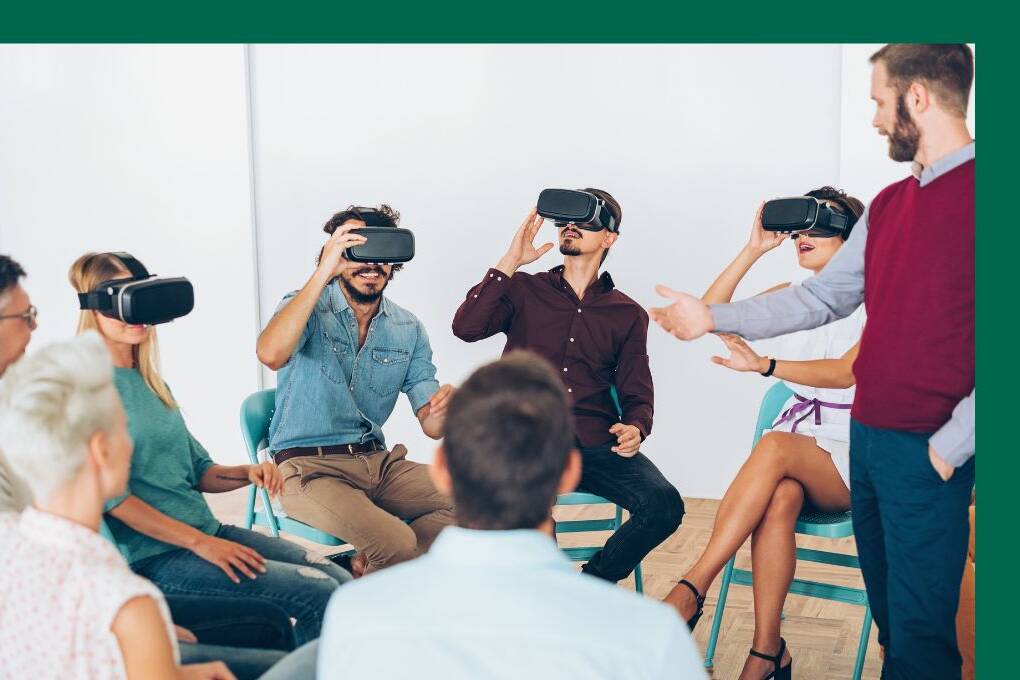Introduction
The UAE’s dry docks industry is a global leader in shipbuilding, repair, and maritime engineering. From Dubai to Abu Dhabi, shipyards manage complex projects that demand precision, safety, and efficiency. But these environments are among the most hazardous in heavy industry, involving confined spaces, heavy lifting, scaffolding, welding, and work at height.
For decision-makers in the dry docks sector, traditional classroom training and toolbox talks are not enough to prevent incidents or meet evolving compliance standards. This is where Virtual Reality (VR) Safety Training is transforming the future of workforce readiness.
Why Safety Training is Mission-Critical in Dry Docks Industry
- Confined Spaces: Entry into tanks, hulls, and ballast areas comes with risks of suffocation, fire, and limited escape routes.
- Work at Height: Shipbuilding and maintenance often require scaffolding, staging, or crane operations several meters above ground.
- Heavy Equipment Operations: Boom lifts, EOT cranes, and forklifts increase accident potential when not handled properly.
- Fire & Welding Hazards: Flammable materials and welding work make fire prevention a constant concern.
Every incident in a shipyard doesn’t just risk lives, it causes project delays, financial losses, and reputational damage.
How VR Safety Training Transforms Dry Dock Operations
VR creates immersive, risk-free training environments where workers practice hazardous tasks virtually before stepping into real operations.
Benefits for Dry Dock Decision-Makers:
- Compliance with UAE Maritime & HSE Standards
VR training aligns with MOHRE and port authority regulations, ensuring compliance with occupational health and safety standards
- Risk-Free Training for High-Hazard Scenarios
Workers experience confined space entry, scaffolding inspections, or crane operations in VR before handling them on-site.
- Performance Tracking & Certification
Managers get measurable insights into how well workers follow safety protocols, enabling targeted upskilling and certification.
- Scalable Across Multilingual Workforces
Shipyards employ workers from diverse nationalities — VR modules can be deployed in multiple languages.
- Boosts Confidence & Reduces Downtime
Workers trained in VR are better prepared, more confident, and less likely to cause costly delays.
Real-World VR Training Applications for Dry Docks
- Confined Space Entry Simulations: Safe entry, ventilation checks, gas monitoring, and emergency evacuation drills.
- Work at Height Modules: Training on ladders, hanging staging, boom lifts, and tower cranes.
- Crane & Heavy Equipment Operation: Practicing load handling, precision control, and emergency response.
- Fire Safety & Hazard Identification: Simulated welding sparks, gas leaks, and onboard fire hazards for realistic emergency training.
Why UAE Dry Dock Leaders Should Act Now
The UAE continues to be a hub for maritime excellence, with global clients demanding world-class safety standards. Companies that adopt VR training today are not only reducing risks but also:
- Strengthening compliance reputation
- Minimizing lost-time injuries (LTIs)
- Improving workforce retention and morale
- Demonstrating innovation to global shipping clients
Conclusion
For senior leaders in the dry docks industry, VR safety training is more than a compliance tool, it’s a strategic investment. By combining immersive simulations with measurable performance tracking, VR equips your workforce to handle high-risk maritime tasks confidently while ensuring compliance with UAE regulations.
With dry docks at the heart of the UAE’s maritime economy, adopting VR training ensures safer workers, stronger operations, and sustainable growth.
Ready to Lead Safety Standards in Oil & Gas?
With VR safety training for oil and gas industry teams, Spatio Tech helps you build a confident, competent, and compliant workforce, ready for any challenge.


